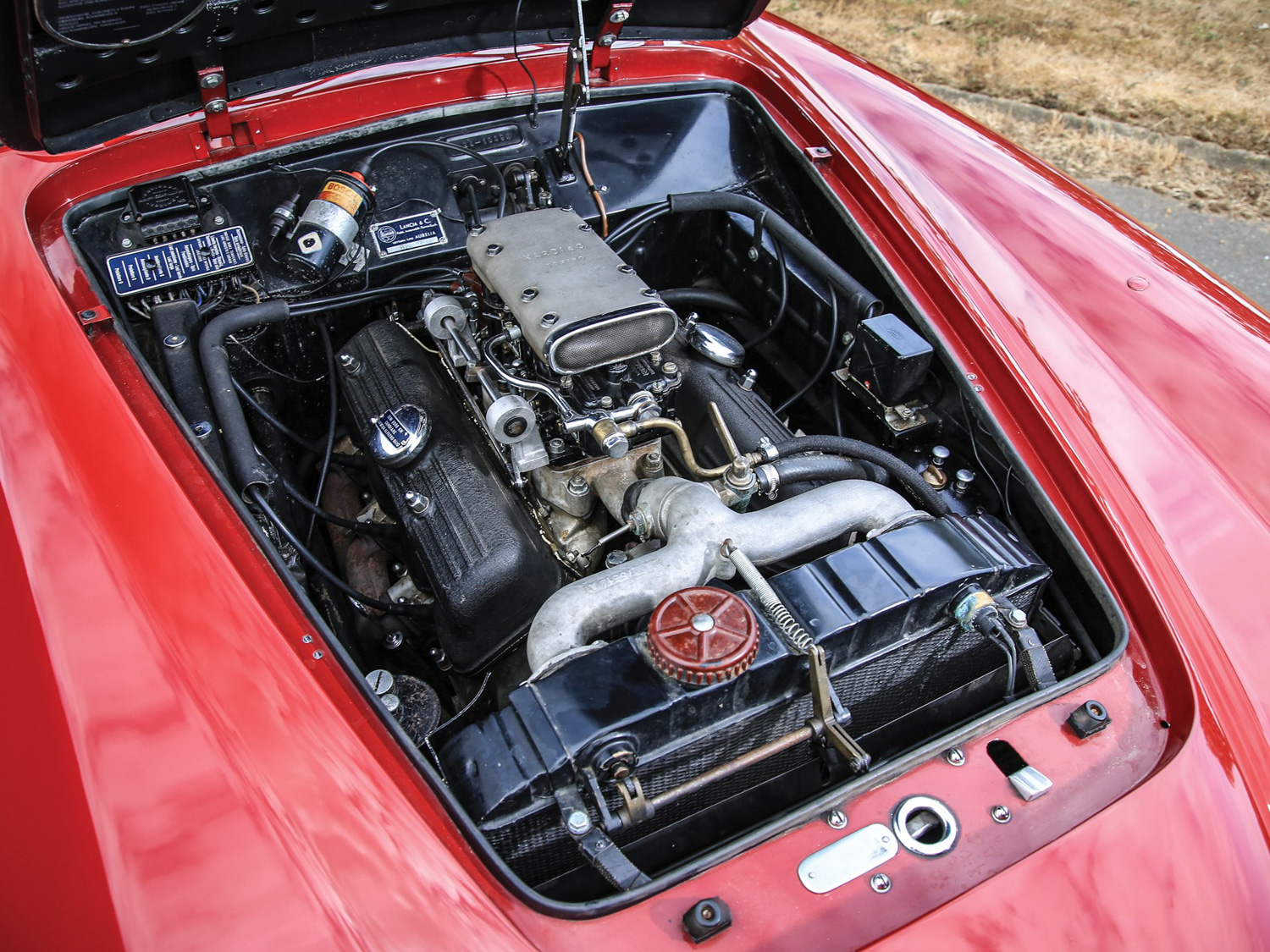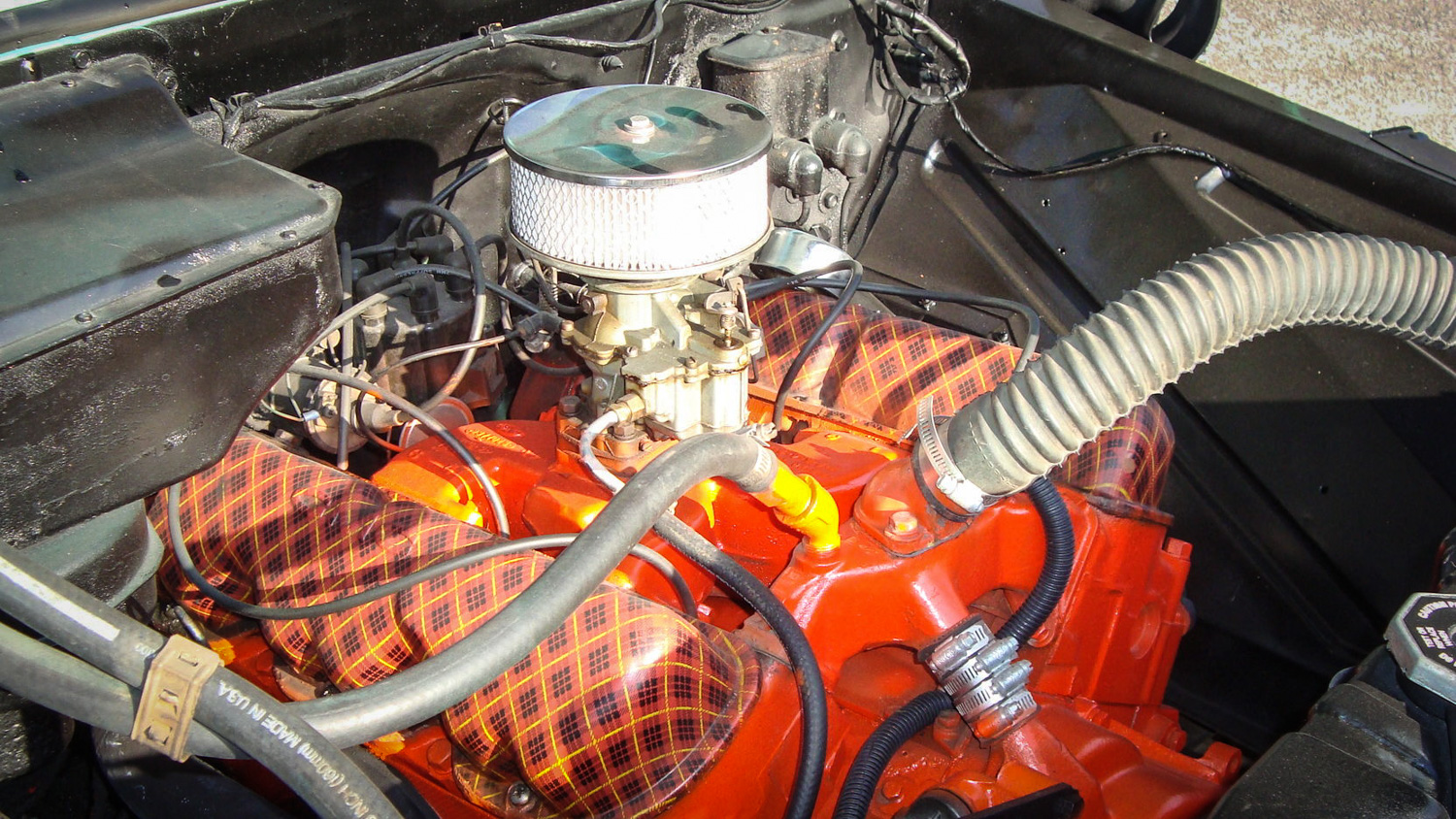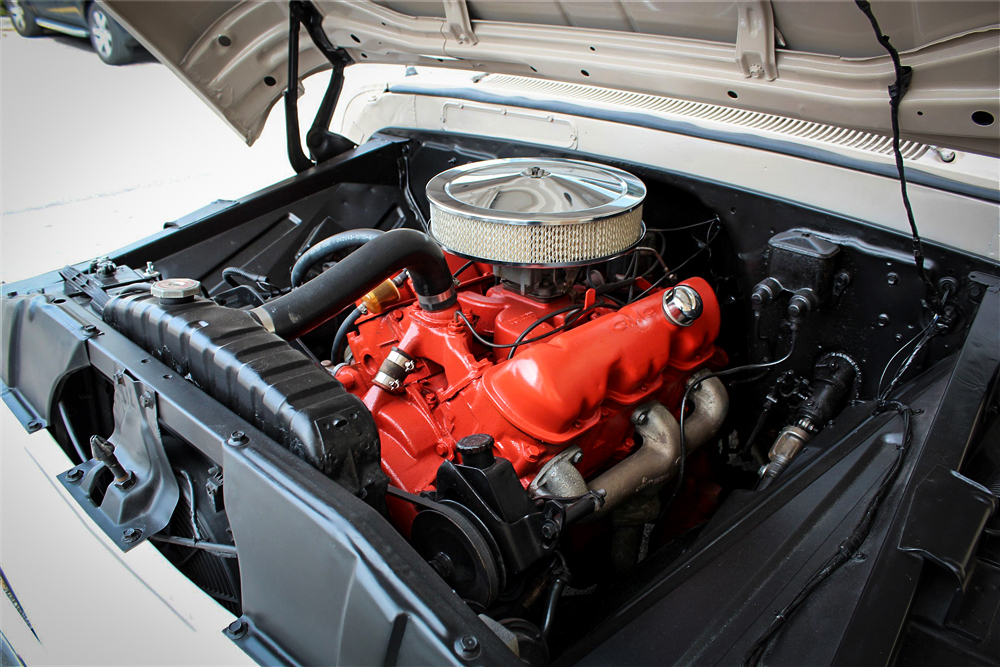Media | Articles
Here’s to the V-6, the engine world’s unsung workhorse
The V-6 doesn’t get a lot of love. Existing between the balanced, power-dense V-8 and the lightweight, fuel-efficient four-cylinder, this engine layout is widely used yet rarely celebrated. Marmon was one of the first companies to develop the V-6 layout in the early 1900s, but it wasn’t until the Lancia Aurelia in the 1950s that the technology became available on a widespread scale.
Old V-6s were often shortened versions of V-8s, but without the more sophisticated engineering, the result was an odd-firing engine with nasty vibration and an even worse soundtrack. (Problems you don’t find on flat- or inline-sixes.) Still, V-6s can be very compact—even shorter than inline-fours—and work nicely for the transverse front-engine layouts that underpin most modern cars.
More than a century after its introduction, the V-6 soldiers on, and throughout history there have been some fantastic engines we still lust after today. To give this underappreciated engine design it’s day in the sun, we rounded up five of the best vintage V-6 engines.
Ferrari Dino 246 GT

The road-going Dino, built from 1967–74, evolved from a series of race cars that Enzo Ferrari named for his late son. Mid-ship engine mounting put the 2.4-liter V-6 roughly a foot behind the front seats, meaning both driver and passenger were near witness to the high-RPM symphony. A dual-overhead-cam head topped off each cylinder bank, which were split at 65 degrees. Rated at 192 horsepower when spinning 7600 rpm, the Dino competed with the flat-six Porsche 911, and engine would also find a home in the Lancia Stratos. To this day it isn’t as beloved in the Ferrari family of glorious 12-cylinder and eight-cylinder engines.
Marketplace
Buy and sell classics with confidence
Lancia Aurelia 1.8-liter

The Lancia 1.8-liter V-6 stands tall for its historical significance, not its power output or driving experience. In 1950 Lancia settled the 1.8-liter V-6 in its Aurelia model, making it the first series-production V-6 engine. Looking quite modern, the engine also featured modern materials—its block and cylinder head were cast aluminum.
GMC Big Block 478 V-6

The term “big block” is not just for V-8s. GMC broke the mold and produced a big displacement V-6 for its truck models starting in 1960 and ending production in 1974. The small version of the six hit the market the same year, displacing 305 cubic inches (5.0 liters), or the same a medium sized V-8 of the era. The (absurdly) large version used in GMC’s 6500-series trucks measured a record 478 cubic inches (7.8 liters). The 478 touted a 5.125-inch bore and 3.86-inch stroke, which factored into the tree-stump-annihilating 442 lb-ft of torque at 1400 rpm. The Big Block six was, and remains, the largest production V-6 ever made.
Buick GNX 3800

When muscle cars had all but faded, Buick reignited the flame with the Regal Grand National. The Regal Sport Coupe in 1982 already had a turbocharged 3.8-liter V-6, and over the next half-decade that engine would get continually more grunt. The 231-cu-in six made 245 hp for the 1987 Grand National, but GM wasn’t done yet. That same year came the hallowed GNX, developed in partnership with McLaren Performance Technologies/ASC and packing a special Garrett turbocharger and (officially) 276 hp. In reality, the murdered-out, mean-looking GNX made a fair bit more. It could beat supercars in a drag race, and people took notice.
Mitsubishi 6G72

The newest of this group, this transverse, 3.0-liter V-6 best reflects the kind of turbocharged V-6s that are prevalent today. In 3000GT VR-4 spec, Mitsubishi’s 3.0-liter V-6 was a DOHC setup with 24 valves and twin-turbochargers. The turbos pressurized the intake charge to 12 psi on the 1994–99 production years, good for 320 horsepower at 6000 rpm. When packaged in the 3000GT VR-4, the engine powered the two-door sports car to 60 mph in 4.8 seconds and a quarter-mile time of 13.4 seconds. The 6G72 was used in the twin Dodge Stealth R/T twin-turbo, as well.


